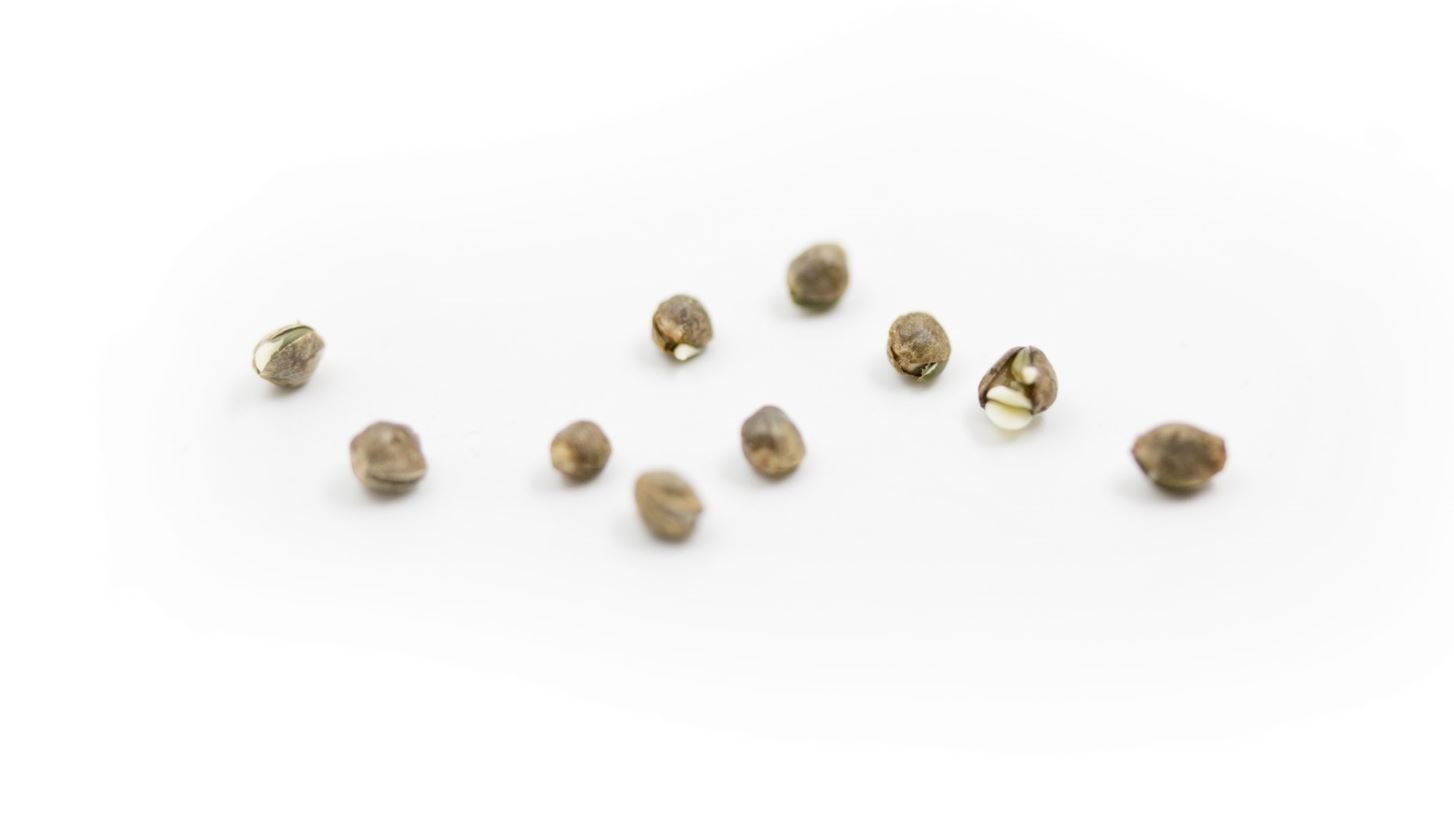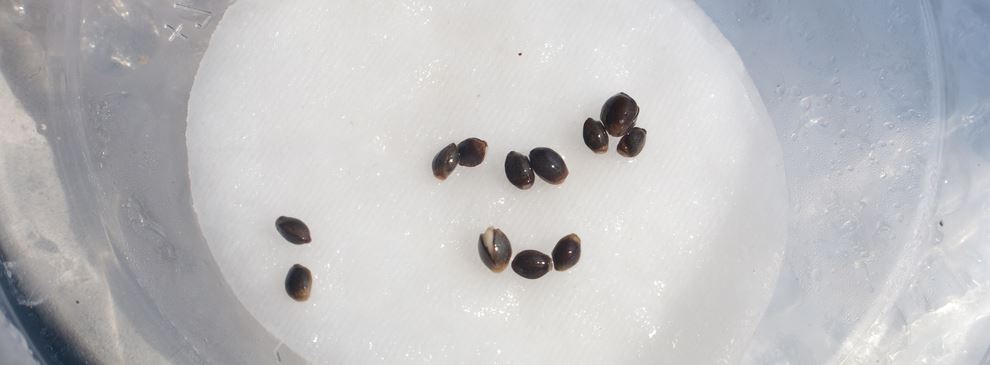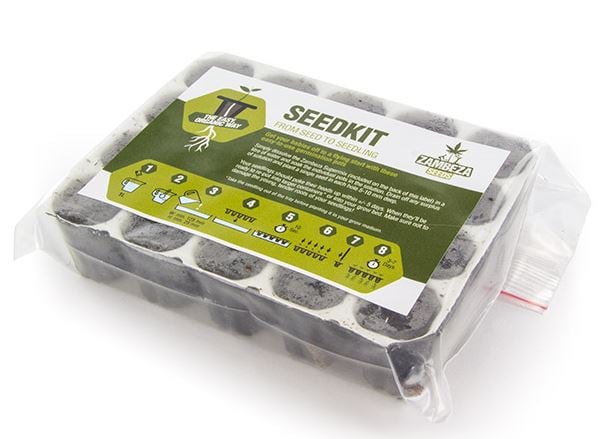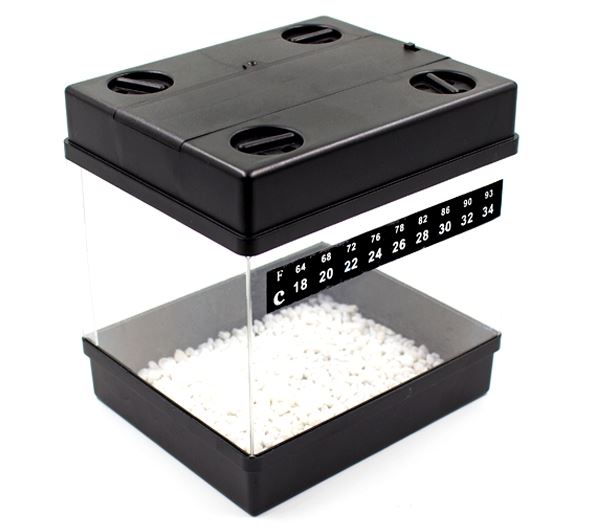How To Germinate Cannabis Seeds
Published :
Jun 2, 2017
Categories :
Other subjects

Growing cannabis from seeds is no more difficult than growing any other plant. It doesn’t take a magic touch or a green thumb, and it doesn’t require special knowledge of horticulture.
Growing cannabis from seeds is no more difficult than growing any other plant. It doesn’t take a magic touch or a green thumb, and it doesn’t require special knowledge of horticulture. For many reasons, growing cannabis plants from seed is a better, more reliable route to success than growing cannabis plants from clones, and the road to healthy plants yielding high-quality buds begins with the germination of the seeds.
What Is Germination?
If you’ve never grown any kind of plant before, germination is simply a term for the sprouting and initial growth of a seed. Every plant seed, though tiny, hard and dry in appearance, harbors a delicate plant embryo, water, and even stored food. All it needs is a jump start from you to sprout and begin its life, and there are several different methods for doing this. Each method can be successful, and you may decide to try one or two and see which technique brings you the best results. Think of it as a really fun science experiment, with the ultimate grand prize being a healthy, hearty cannabis plant.
Purchasing seeds online is the best way to get a good, reliable cannabis plant that will have the best chance of producing buds. You may find seeds in your regular product, but the chances are good that those seeds are either dead or dried out. Dry, old seeds are extremely difficult to germinate. Those seeds in your bag are probably pretty dark and dull looking, and that’s a sure sign that they are either dead, or old and dry. Healthy seeds bought online will look fresh and waxy, and that's how you can tell that they are young, healthy and ready for germination.
The Paper Towel Method
Wherever you live, the springtime is when you see incredible plant growth and new, green life sprouting up all around you. The key to successful cannabis seed germination is to replicate a spring-like condition for the seeds, inducing them to vegetate. This means that seeds should be moist but not soaked, and warm but not hot.
An easy way to accomplish this is by placing seeds between layered, moistened paper towels. It’s best to use real rainwater for this method, and if you live in a rainy area you can collect rainwater in any receptacle left outside. If you don’t get much rainfall where you live, you can substitute bottled, distilled water instead. Moisten the paper towels with the clean water, making sure that they are not sopping or dripping, and place the seeds between the layers.
Next, you’ll want to place the towel-covered seeds into a plastic bag. This creates a humid, warm atmosphere, like a greenhouse. You can also place the paper towels on a glass plate or baking dish and cover them with plastic wrap. Find a dark place in your home to put them while they are getting ready to germinate. A drawer in your kitchen or a closet shelf would make an ideal germination environment.
Check the seeds daily to make sure that the paper towels have not dried. When they begin to dry, simply pour more water on them and squeeze it out gently. Do not let standing water accumulate in the bag or plate you have placed them in. This process should take between five to twelve days. Sometime in that period, you will see the seed casing burst, and a small but strong root will emerge.
The Straight-To-Soil Method
Many growers believe that it is easiest and most natural to simply plant cannabis seeds directly into the soil in which they will grow and thrive. If you choose to use the soil germination method, remember that you should always keep the potted seeds indoors. Seeds planted outdoors will have very little chance of germinating, as the environment is too uncontrolled. The benefit to planting seedlings directly into the soil is that you will not have to transplant them after germination. The transplant process can be a shock to a young plant’s root system, and some people have difficulty nursing a cannabis seedling through this process.
For the soil method, you will need to purchase sturdy containers with drainage holes, potting soil, and a secondary plant fertilizer. Mix the fertilizer and potting soil together and fill the containers, tamping it down slightly. It’s best to start out with very small containers, no more than three inches wide. Moisten the soil with distilled water or rainwater, taking care not to drench it. Make a small hole with your finger approximately one and half inches deep, and place a seed into the hole. Try to position the seed with the pointed edge facing downward.
The containers with the newly planted seeds should be kept in a warm area indoors. A plant heating pad can be placed underneath the soil containers to help warm them, or you can create warmth and humidity by cutting plastic soda bottles in half and placing them gently over the containers, creating a greenhouse effect. It’s important that the seedlings remain undisturbed, so resist the temptation to uncover them to check if they’re sprouting. You should see plant growth sprouting out of the soil somewhere between seven and fourteen days, depending on the strain and age of the seeds.
An another great way to germinate cannabis seeds is to use a seedkit. For an excellent explanation of how to use the seedkit, go to Zambeza Seeds.
Alternative Germination Mediums
There are a few other substances that can be successful mediums for germinating cannabis seeds, and the technique used with any of these substances is the same as the soil method. Rockwool is a matted fiber material that is favored for its porous nature, and seedlings can be planted directly into it for germination. It can be purchased inready-made cubes for easy planting, and is readily available in home improvement stores.
Lava rock is another medium that has proven successful in germination and is notable for providing a large surface area for healthy root systems to grow. However, it does not hold water as well as regular soil or rockwool, and it may not be the best alternative for an inexperienced grower.











































